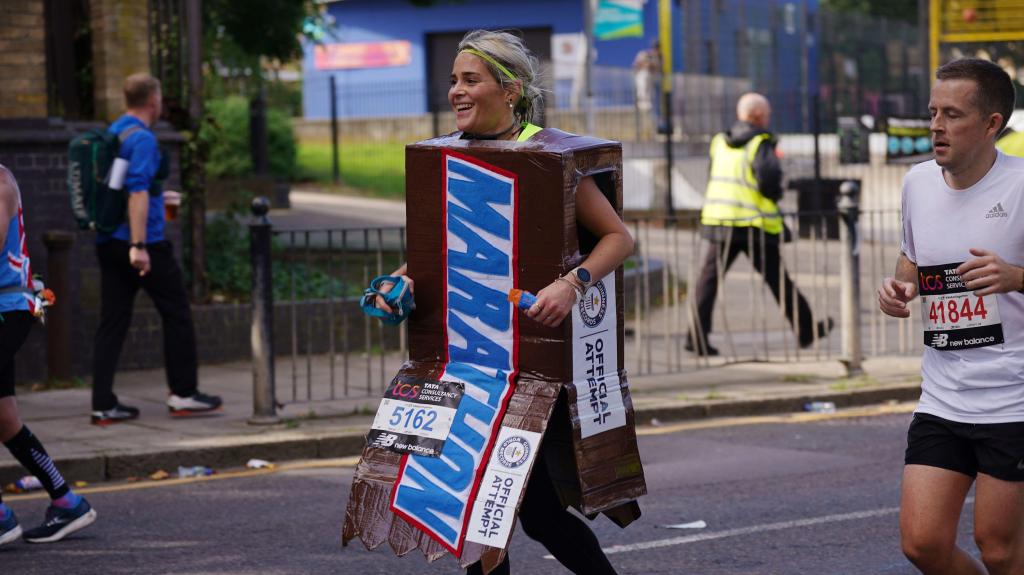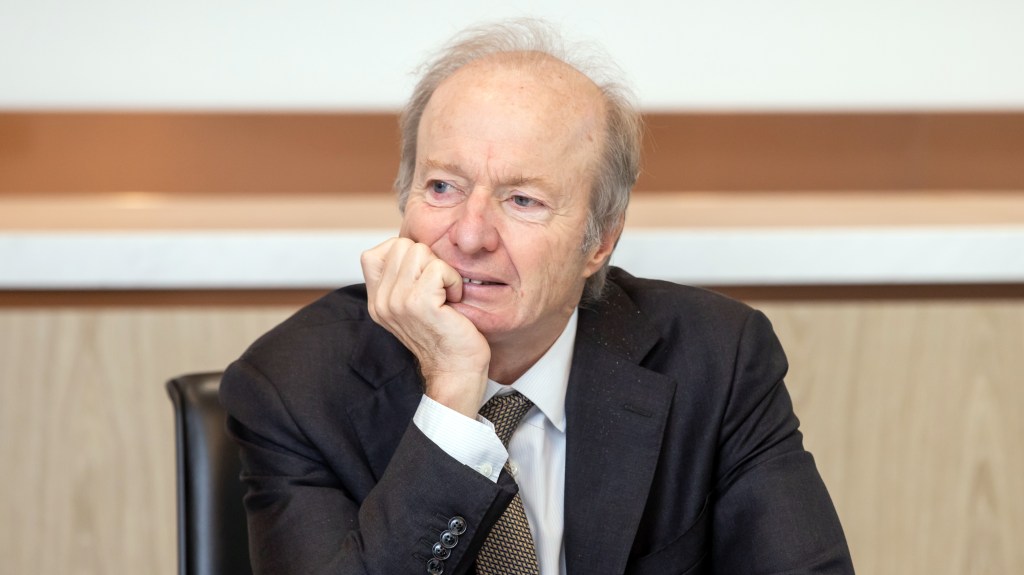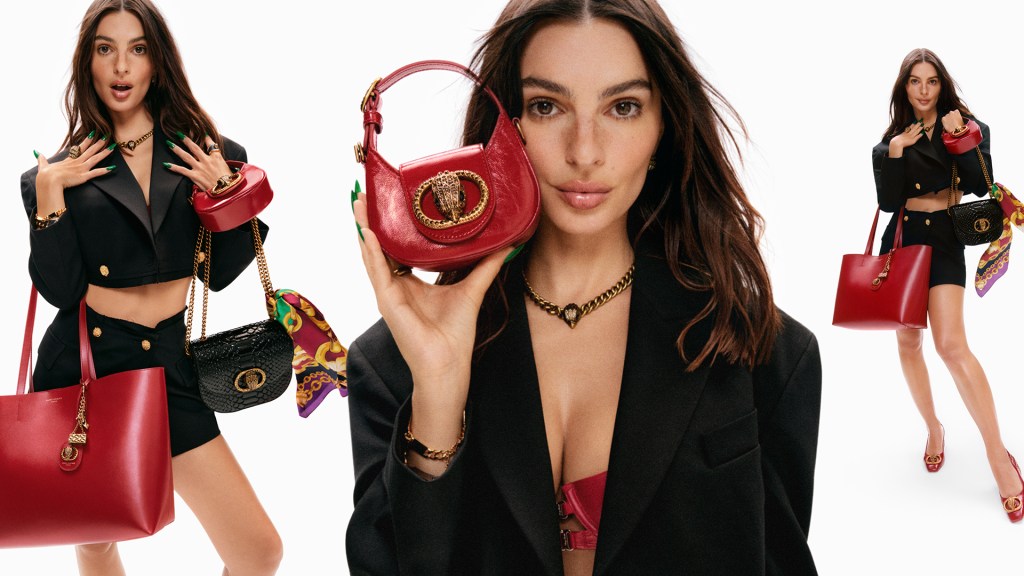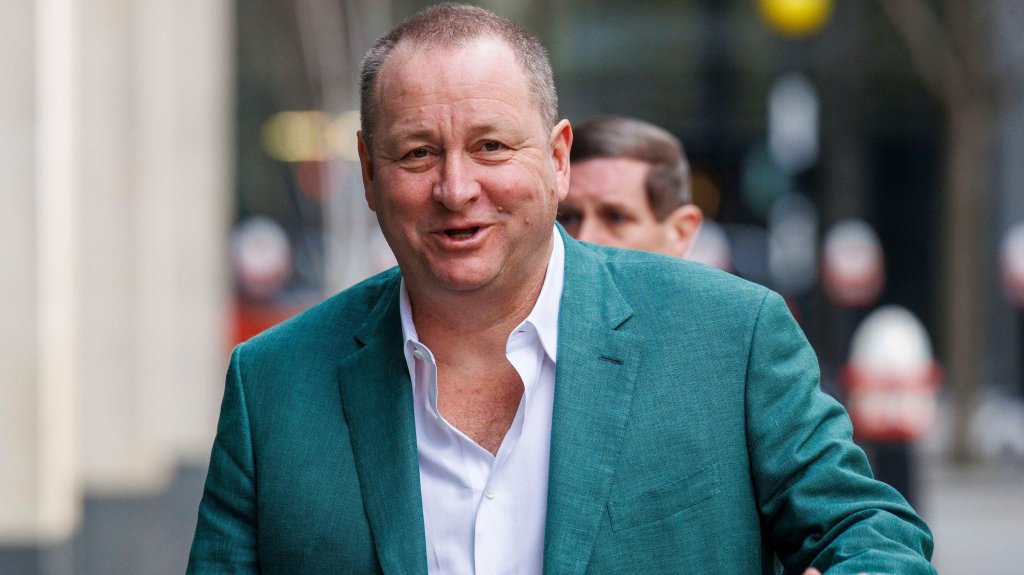The Resurgence of Nostalgic Brands in Today’s Market
“Go to work on an egg.” “The mark of a man.” “For mash, get Smash.” “The wonder of Woolies.” These catchy slogans defined an era when brands relied on simple, memorable phrases to engage consumers before the rise of social media influencers and targeted online advertising. The motto of Tesco’s founder, Sir Jack Cohen, captures this sentiment: “Pile ’em high, sell ’em cheap.”
In recent years, consumer companies have begun to revisit this nostalgic approach by reintroducing vintage brands. The aim is to evoke fond memories for those familiar with the originals while simultaneously appealing to a younger generation with a fresh perspective.
Consider Old Spice, which has been a staple in men’s grooming since its inception in 1937. By the early 2000s, its once-iconic product line seemed outdated. Rather than letting its distinctively nautical-themed ivory bottles gather dust, Procter & Gamble revived the brand’s legacy after acquiring it in 1990 for $300 million.
One of the notable marketing moves involved a tagline that was placed on Old Spice shower gel bottles in the 2010s: “The original. If your grandfather hadn’t worn it, you wouldn’t exist.” The implication being that if Old Spice were solely used by grandfathers, there might be unexpected repercussions for future generations.
This lighthearted marketing strategy is indicative of Old Spice’s successful transformation through a well-funded advertising campaign that redefined perceptions of its fragrances and established it as a leader in personal care products.
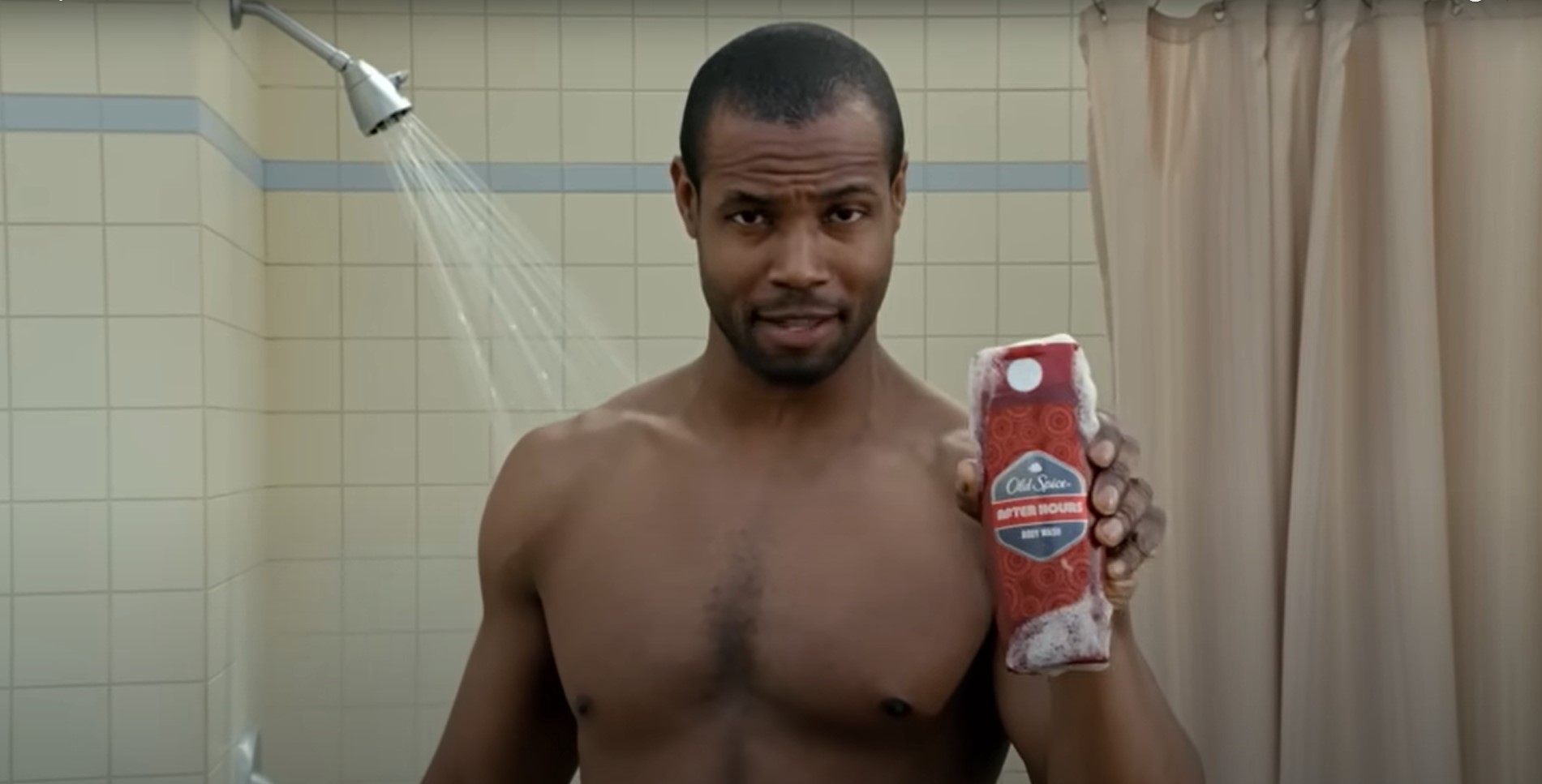
According to Bernstein, the broker, Old Spice’s sales surged approximately 33% between 2009 and 2012. Without this strategic rebranding, Old Spice might not have remained relevant today.
To implement such impactful marketing strategies, brands often need substantial financial resources to effectively engage consumers and alter deep-rooted stereotypes. Instead of focusing solely on existing products, companies have turned to reviving beloved classics.
An example of this trend is Mars’ reintroduction of the Marathon chocolate bar as a “retro edition.” Originally known as Marathon in the UK for 22 years, the name was changed to Snickers in 1990 to unify branding globally. Initially met with backlash, Snickers has since grown to be one of Britain’s top-selling chocolate bars. The retro version will be available at Morrisons until December.
“Nostalgia is a powerful motivator,” states Rob Reilly, chief creative officer at WPP. “Whether it’s nostalgic candy or tunes from our youth, brands can resonate deeply with consumers’ emotions.”
Richard Webster, head of consumer products at Bain and Company, notes that reviving a legacy brand, even temporarily, brings significant advantages. It can entice former customers to revisit the brand, potentially leading to future sales. Additionally, it offers a chance for media exposure, maximizing tight marketing budgets.
However, reviving old brands can be complex and costly. Webster points out that packaging changes or alterations to formulations could confuse newer consumers who might not grasp the nostalgia attached to older products.
During the well-known “Cola Wars” in the 1980s, Coca-Cola and Pepsi frequently introduced new flavors to leverage scarcity, enticing consumers through limited-time offerings. For instance, when Coca-Cola unveiled “New Coke” in 1985, it was widely rejected, prompting a swift return to the original formula labeled as “Coca-Cola Classic” that same year. Some believe this was a calculated marketing maneuver, while others argue the new taste simply did not appeal.
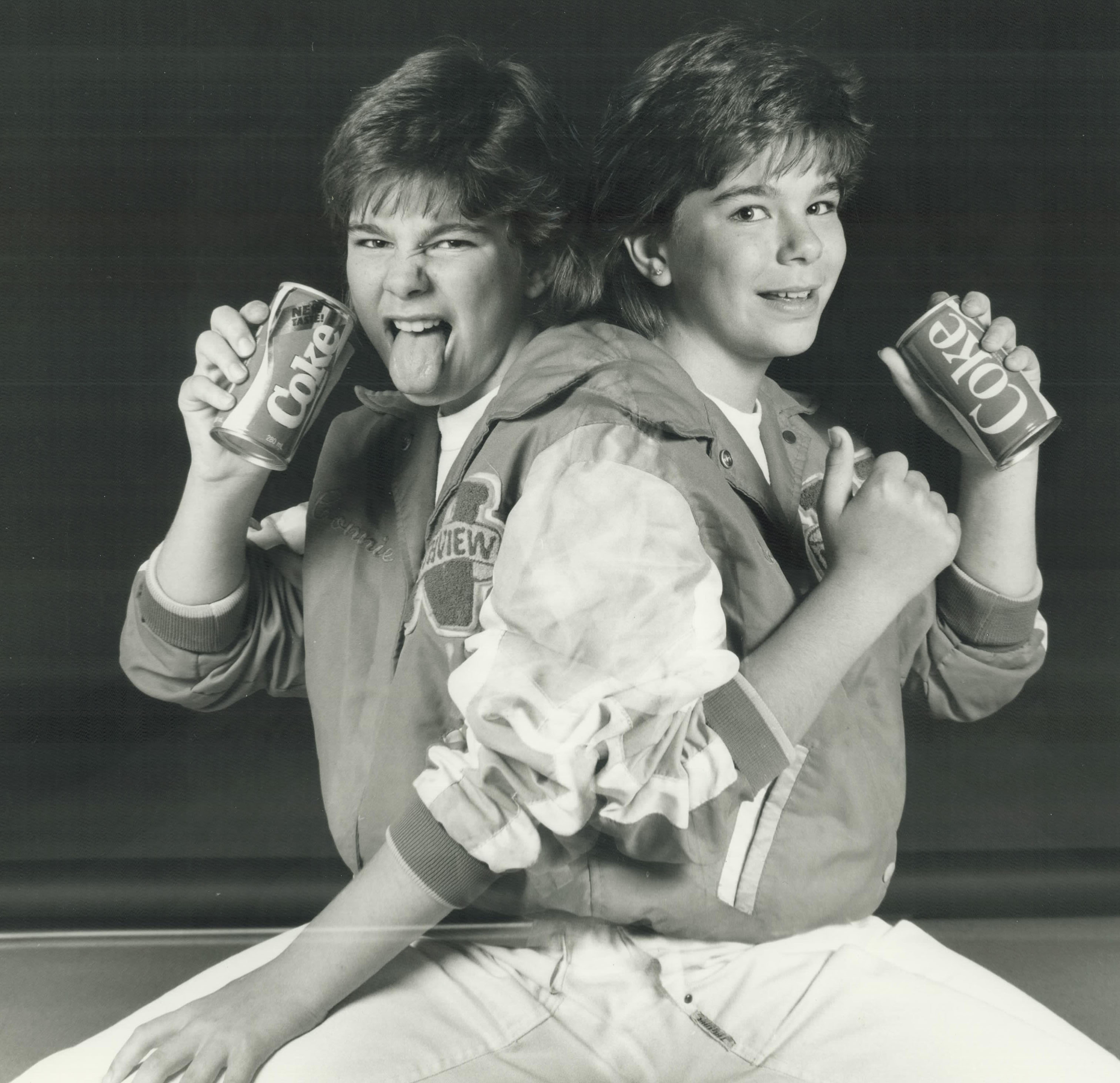
According to Linda Ellett, UK head of consumer, retail and leisure at KPMG, companies looking to relaunch products must consider today’s consumer expectations and market regulations. Aspects like pricing, recipe changes, and branding will face close scrutiny, with many consumers evaluating them based on modern health and environmental standards.
Lisa Hooker, leader of industry for consumer markets at PwC, suggests that while many relaunched products may not last long on shelves, they can generate significant social media engagement and serve as valuable marketing tools.
Some brands become iconic to the extent that their names are synonymous with similar products produced by different companies, often complicating their market status. Take Tupperware, for instance—this 78-year-old American brand recently filed for bankruptcy, facing stiff competition in the food storage sector, particularly after losing patent protections in the 1980s, which allowed new competitors to emerge.
Several defunct brands seem likely candidates for revival. For instance, Lilt, once dubbed “the taste of the Caribbean,” was transformed into Fanta Pineapple and Grapefruit last year, with a potential return expected around 2033.
Blockbuster, the video rental giant that vanished from storefronts in 2013, might also make a comeback, though reviving brick-and-mortar brands poses additional challenges.
For those interested in the evolution of consumer culture, whether in the UK or beyond, the Museum of Brands in west London provides a detailed overview of branding, tracing its history back to the Victorian period.
According to Robert Opie, founder of the museum, “It’s clear that consumers continue to feel a strong connection to their favorite brands, even after they’ve faded away. Whether it’s Spangles or Marathon, simply seeing the packaging can trigger a flood of memories.”
In January, the CEO of HH Holding, who revitalized Woolworths in Germany while its UK counterpart succumbed to the financial crisis, hinted at plans to reintroduce the store in the UK. Roman Heini remarked that reviving the pick ‘n’ mix brand was on his “bucket list.”
During the Second World War, Woolworths famously boasted that its stores “never close” to show support for local communities during the Blitz. Perhaps similar sentiments resonate with some of today’s enduring legacy brands.
